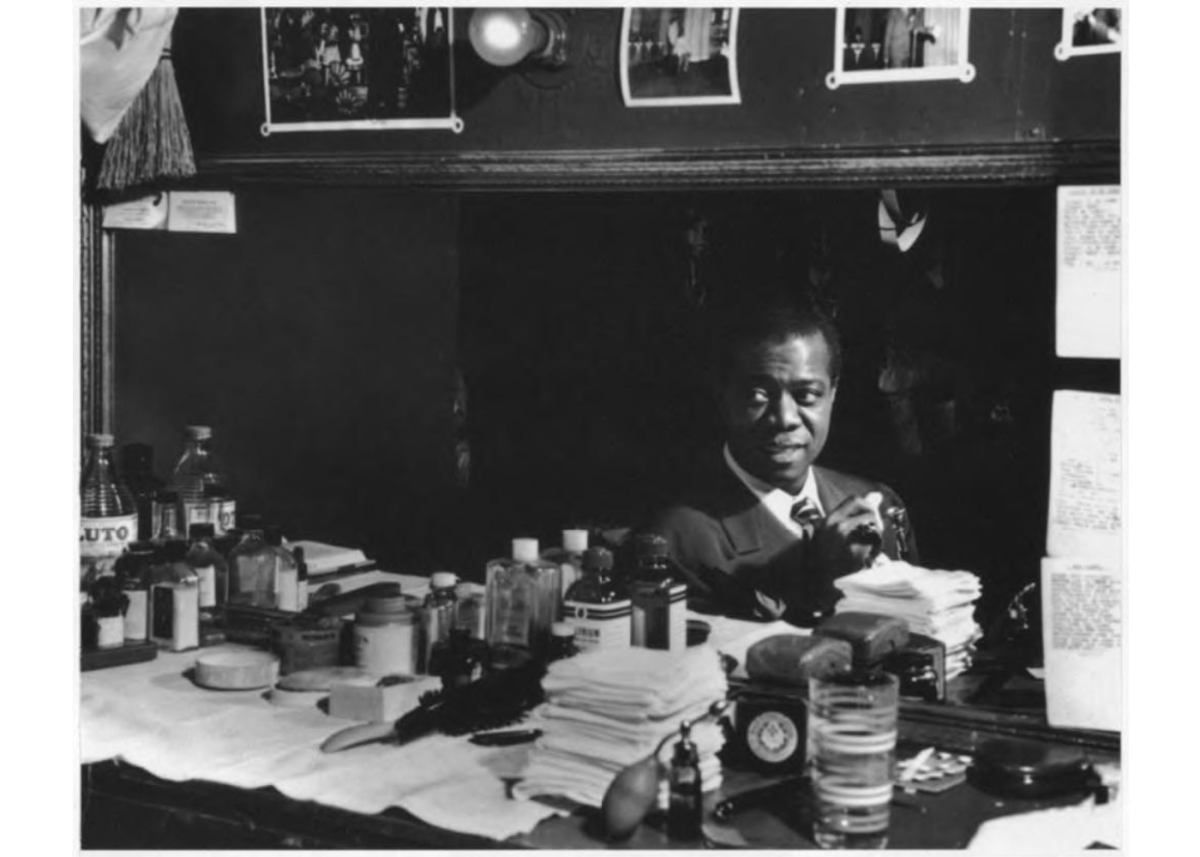In today’s music world, cannabis easily tops the charts. We all know that drug references appear frequently in popular music, but through just a quick skim of studies done on the subject or scrolling through lyrics in contemporary hits, it becomes so apparent that cannabis is the most name-dropped of all the uplifting substances (save for alcohol). Whether we’re talking about the ‘90s, where Sublime’s Bradley Nowell proudly proclaimed, “I don’t get angry when my mom smokes pot,” or the 2000s, when Afroman told us about all of the things he would have done if he didn’t get high, or even the 2010s when Snoop Dogg and Wiz Khalifa declared that smoking weed and going out is fun — making music about cannabis is timeless. Heck, even at the time of writing this, the number one song on the Billboard Hot 100 is “4×4” by Travis Scott. It’s a song that mentions many other drugs, but Scott still takes time to talk about his top-tier reefer, “Got plenty of zaza, we takin’ ’em high/He wanna just smoke with La Flame/but don’t wanna hotbox (It’s lit).”
One 2017 study determined that country music has claimed weed more than any other genre, and the mainstream use of the term fired up through 1960s psychedelia, cannabis undeniably has a huge home in Black music. In terms of the history of drug references in music, cannabis is a staple of lyrics and themes in Blues, Jazz, Reggae, and Hip Hop. All of those genres started discussions about and acknowledged the substance long before any other genre hopped on.
Therefore, it should come as no surprise that some of the first mentions of cannabis in music were from some of the most legendary Black musicians of all time, almost 100 years ago.
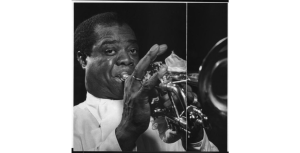 Louis Armstrong
Louis Armstrong
Muggles (1928)
Louis Armstrong, the famous jazz trumpeter and singer of “What a Wonderful World,” was well known to be a cannabis smoker. “We always looked at pot as a sort of medicine, a cheap drunk and with much better thoughts than one that’s full of liquor,” Armstrong said to a biographer in 1970. In 1931, he was one of the first celebrities ever to get arrested for cannabis possession when, during the intermission of one of his shows, he and another musician (Vic Berton, a top Hollywood drummer) were caught smoking joints outside of the famous New York jazz hangout, the Cotton Club. Though he was sentenced to 30 days, he only served nine in the Los Angeles County Downtown Jail before being released and making friends with his arresting officers, who were huge fans of his. In 1954, after his wife was arrested for possession (that has been speculated to be his stash), Armstrong wrote a letter to his manager, requesting that he “must see to it that I get special permission to smoke all the reefers that I want to, when I want to, or I will just have to put this horn down, that’s all. It can be done. Nothing’s impossible, man.” After years of dealing with the hassles of it all, he eventually had to retire the “gage,” as he called it. “With the penalties that came, I, for one, had to put it down, though the respect for it will stay with me forever. I have every reason to say these words and am proud to say them. From experience.”
He released his song “Muggles” a couple of years before he served time. It’s an instrumental jazz tune named for a 1920s slang term for cannabis. Not only was Armstrong the first famous musical artist to get put arrested for cannabis, but he was also the first one to allude to it in his music.
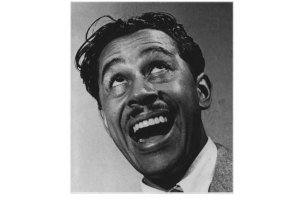 Cab Calloway
Cab Calloway
Have You Ever Met That Funny Reefer Man (1932)
Unlike Armstrong’s avid, rampant, and even endearing love for the plant, the first spoken (sung) allusion to cannabis was performed by an artist who was not as kind. Cab Calloway was a very famous jazz and swing musician of the 1920s and 1930s. He was known for his wild dance moves, distinctive scatting, and being the first Black person to have a syndicated radio show. His top music is in the Library of Congress and the Grammy Hall of Fame, but one of his less-known classic songs is “Have You Ever Met That Funny Reefer Man,” a rather bizarre number that describes — well — a man who smokes reefer, and all of the funny things the wacky tobacky makes him do. Information on whether Calloway ever partook or always abstained is contradictory. Still, cannabis journalist Steve Bloom alleges that Calloway told him in 1988 that he would fire any of his bandmates that he ever found high. “The Reefer Man” song begins with a conversation between Calloway and another that goes like this:
“Man, what’s the matter with that cat there?”
“Must be full of reefer”
“Full of reefer?!”
“Yeah, man.”
“You mean that cat’s high?!”
“Sailing”
Calloway then sings about how the Reefer Man “trades you dimes for nickels/and calls watermelons pickles,” and “If he takes a sudden mania/he’ll want to give you Pennsylvania.”
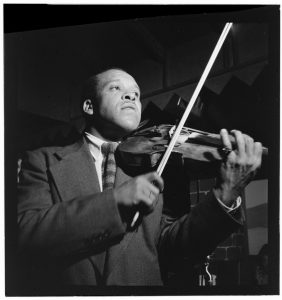 Stuff Smith
Stuff Smith
You’se a Viper (The Reefer Song) (1936)
Stuff Smith was a preeminent violinist of the swing era, who is most known for his song “You’se a Viper.” Back in the day, “Viper” was a Harlem slang word for a stoner. Louis Armstrong said in 1970, “We did call ourselves Vipers, which could have been anybody from all walks of life that smoked and respected gage. That was our cute little name for marijuana, and it was a misdemeanor in those days. Much different from the pressure and charges the law lays on a guy who smokes pot.” You’se a Viper is a fun song that Smith sings in a goofy, shrill voice about being a stoner. “I dreamed about a reefer 5 feet long/Mighty miff and not too strong/You’ll be high but not for long/If you a viper.” Originally released as a B-Side, it is one of the most covered songs about marijuana to date.
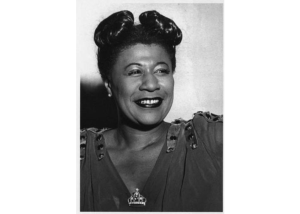 Ella Fitzgerald
Ella Fitzgerald
When I Get Low, I Get High (1937)
By this time, weed had been talked about in American jazz and big band a relative amount, with both big bops and the occasional sleeper hit. Ella Fitzgerald was a prominent jazz singer known as “The First Lady of Song” for her golden voice and angelic image. However, early on in her career, she wrote two songs that flirted with the drug world. “Wacky Dust,” which was released a year after “When I Get Low, I Get High,” was a warning song about the dangers of cocaine and was released as a B-Side, slipping into oblivion as her song “A Tisket-A Tasket” grew in popularity. She had a girl next door reputation that did not involve drugs, alcohol, or smoking, so it appears unlikely that she used any of those. While the song “When I Get Low, I Get High” does not explicitly name marijuana as the drug of choice here, it is widely speculated in the drug-music world that this song is about just that. If it is, Fitzgerald would be one of the first women to sing about marijuana. Each verse of the song outlines life struggles and the subsequent nonchalant remedy of “getting high.” The Addiction Technology Transfer describes the song as one that “eloquently summarizes the medicinal role alcohol and other drugs have played for African Americans experiencing oppression, isolation, and depression.” Whether the three-verse song with simple lyrics truly tackles that many subjects and metaphors is unconfirmed. However, with lyrics such as “All this hard luck in this town has found me/Nobody knows ’bout troubles all ’round and ’round me/Oh, I’m all alone, with no one to pet me/That old rocking chair ain’t never gonna get me/’Cause when I get low/Oh, I get high,” it’s easy to see why this ended up being such a staple in the early world of reefer songs.’”

